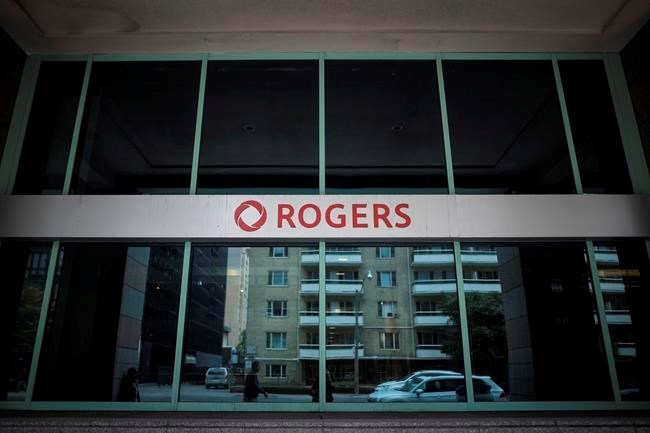TORONTO — Critics of dual-class share structures say the fight for control of Rogers Communications Inc. is proof that the model is badly flawed.
A dual-class share structure is one where companies issue different classes of common shares. Typically, it gives disproportionate voting rights to one group of shareholders such as the company's founders, family members and executives.
Kevin Thomas, chief executive of the Shareholder Association for Research and Education, says dual-class share structures don't work.
He says the lack of accountability can lead to all kinds of problems, from obscenely high executive compensation packages to stale leadership and poor management.
At Rogers Communications, a fight between ousted board chair Edward Rogers and other family and board members has plunged the company into turmoil. The two sides each claim to be in control of the company.
At Rogers, the family trust owns 97 per cent of Class A voting shares. Family members also take up a disproportionate share of board seats. The family also has 9.89 per cent of Class B shares which pay dividends but do not have voting rights.
This report by The Canadian Press was first published Oct. 25, 2021.
Companies in this story: (TSX:RCI.B)
The Canadian Press



